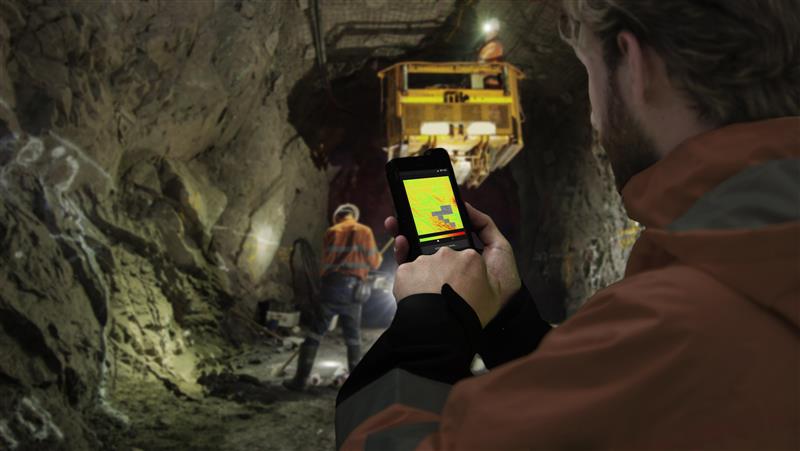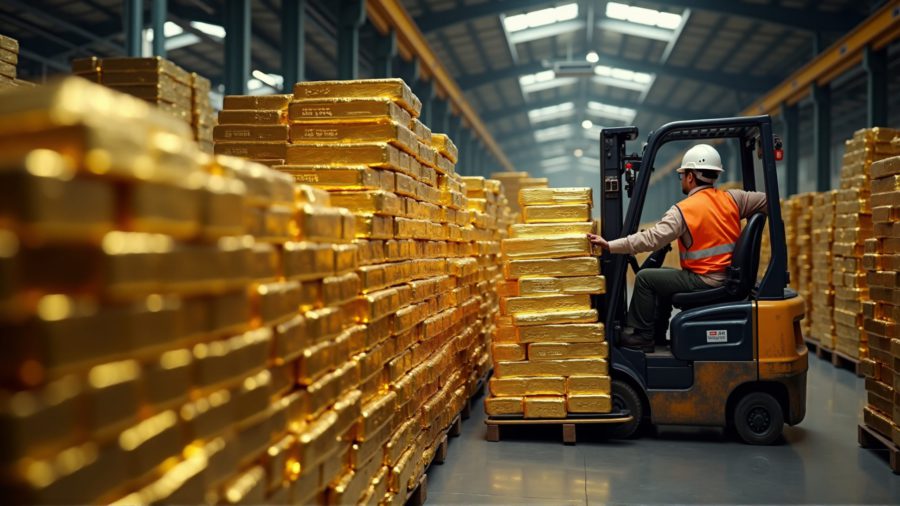Mozambique guerrillas threaten country’s energy infrastructure
The first European colonial empire to be established, Portugal’s overseas territories were some of the last to attain independence, leaving aftershocks which reverberate to this day, particularly in Mozambique.
The Marxist Frente de Libertação de Moçambique (Front for the Liberation of Mozambique, or FRELIMO) was founded in 1962. Two years later, in September 1964 FRELIMO initiated a guerrilla campaign against Portuguese rule, which lasted until Mozambique became independent from Portugal on 25 June 1975.
That same year the staunchly anti-Communist Resistência Nacional Moçambicana (Mozambican National Resistance, or RENAMO) conservative political party was founded, sponsored by the Rhodesia’s Central Intelligence Organization as a counterweight to Communist subversion. RENAMO’s first leader was André Matsangaissa, a former FRELIMO army commander. Perhaps inevitably, Mozambique in 1997 slid into a vicious civil war, which lasted until 1992 as RENAMO militias battled Mozambique’s Marxist FRELIMO government. The carnage was aided and abetted by the neighboring white-ruled state of Rhodesia and the Apartheid regime of South Africa. The chaos, combined with ineffective policies and failed Marxist central planning, effectively collapsed the country’s economy.
The past two decades have seen Mozambique’s government struggling to improve its economy. And one of its star hopes is the country’s coal industry. Mozambique exported its first coal in 2011 and expects to become the world’s largest coal exporter and so certain of the sector’s success is the government that it is spending roughly $50 billion in infrastructure projects to access its coal reserves.
The Banco de Moçambique reported in its recent “Economic Climate and Inflation Perspectives” study that during the first six months of 2012 coal became Mozambique’s number two export, exceed only by aluminum exports and were worth $196.4 million. The coal export revenues helped to boost the nation’s exports for the period to $1.8 billion, a 3.6 percent increase over the same period last year. The coal is currently produced in Moatize and Benga in northwestern Tete province.
Mozambique’s government has big dreams, as outlined in its National Development Strategy (ENDE), which aims at “improving the living conditions of the population through the structural transformation of economy, the expansion and diversification of the production base.”
Now unresolved issues dating from the civil war are threatening the Sena railway line out of Mozambique’s vast coalfields to the Indian Ocean port of Beira, which is used predominantly by Brazil’s Vale and London-listed Rio Tinto. The Sena railway line was frequently attacked during the civil war.
On 19 June RENAMO information chief Jeronimo Malagueta told a news conference in the capital Maputo, “From Thursday June 20 we will take action to make the logistics of the country fragile… RENAMO forces will be positioned to prevent the movement of vehicles carrying people and goods, because the Government uses these vehicles to carry arms and military personnel in plainclothes, to concentrate in the vicinity of Satungira and attack (RENAMO) President Afonso Dhlakama.”
The Sena railway line runs through countryside dominated by RENAMO, close to the group’s stronghold in the Gorongosa Mountains, where it is believed to have around 1,000 men under arms. Malagueta added that RENAMO also intended to prevent road traffic between the Save river and Muxúnguè, and rail traffic in Beira-Moatize and Beira-Marromeu in the Sofala Province. Their claim is to impede the transport of arms and military equipment to the Gorongosa region where Dhlakama is based. RENAMO’s threats should not be taken lightly, as it is the largest opposition party in Mozambique.
Mozambique’s economic boom has not infiltrated into the countryside, where there is rising unrest over the economic disparity. According to the World Bank’s latest data, only 12 percent of Mozambique’s population has access to electricity.
Could the government pouring troops into the Gorongosa region have the undeclared aim of making the region safe for foreign mining interests? Earlier this month, Canadian junior Brigadier Gold reported significant gold assays from its Tsiquire project near Gorongosa and Chinese company Sogecoa, a subsidiary of the Anhui Foreign Economic Construction Co., is also exploring for gold in the Gorongosa district and holds a gold prospecting permit for the Chifunde district in Tete province.
What does RENAMO want?
A level political and economic playing field.
RENAMO has accused FRELIMO of exercising a virtual political and economy monopolistic stranglehold over the country and stacking the election commission to ensure victory in a presidential vote scheduled for 2014.
If Mozambique’s government wishes to safeguard its coal export’s revenues and avoid armed conflict, then a little power sharing might be in order. Whether Mozambique’s President Armando Emílio Guebuza, in power since 2005, is wise enough to pursue a political solution has yet to be seen.
A good first step would be to demilitarize the Gorongosa district.
If not, find some additional troops to guard the 375 mile-long Sena railway line. Guebuza might recall his history, as when Vale and Rio Tinto arrived in 2004, the Sena railway had not run for over a decade, having been ravaged during the 1975-1992 civil war. Some adroit power sharing seems a small price to pay to keep the country’s exports on an even keel.
By. John C.K. Daly of Oilprice.com
Original article: http://oilprice.com/Geopolitics/Africa/Mozambique-Guerrillas-Threaten-Countrys-Energy-Infrastructure.html
More News
Study confirms drop-in electrode technology enables 10 minute EV charging at -10°C
April 14, 2025 | 04:06 pm
Newmont deploys Ericsson private 5G at Australia’s largest underground mine
April 14, 2025 | 01:20 pm
{{ commodity.name }}
{{ post.title }}
{{ post.date }}




Comments